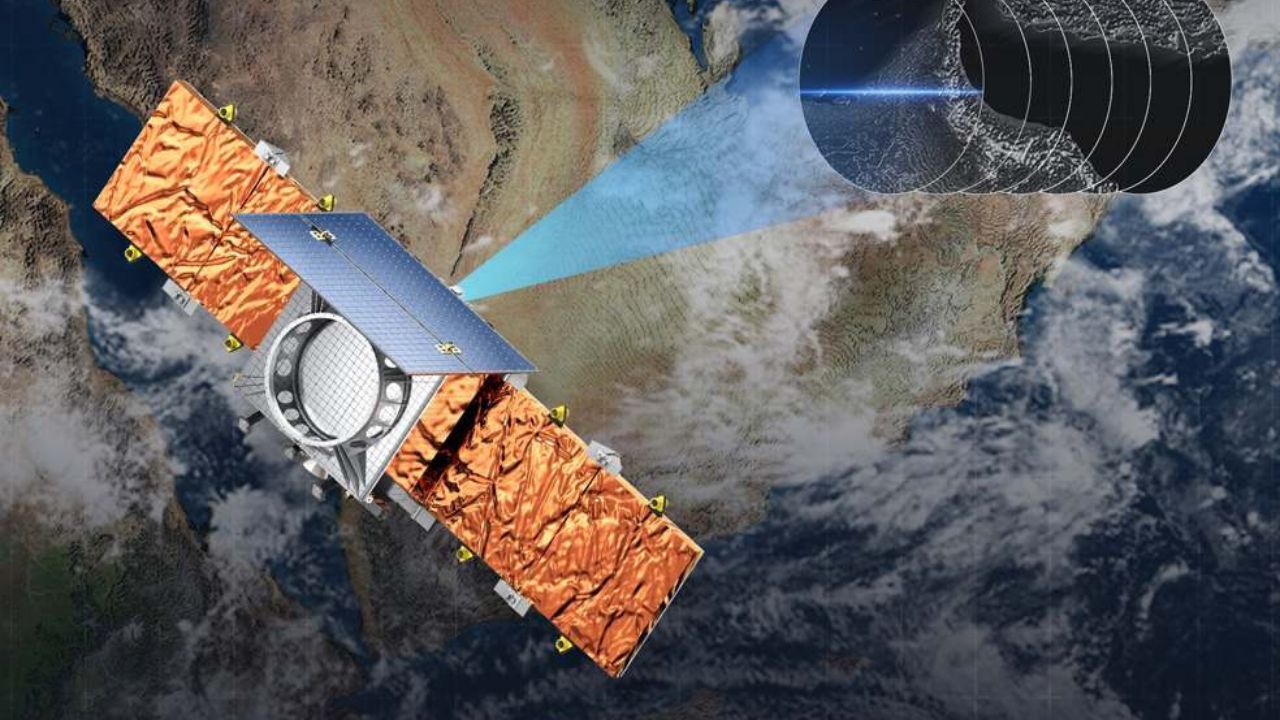
What is Etihad-SAT?
Etihad-SAT is a domestically engineered satellite, built by a team of Emirati engineers and scientists under the UAE Space Agency. The satellite’s primary function is high-resolution Earth observation, which will support various sectors such as environmental monitoring, urban planning, agriculture, and national security.
Strategic Timing – March 2025
The launch scheduled for March 2025 is no coincidence. It aligns with several key milestones for the UAE:
- Golden Jubilee of the Emirates’ technological transformation
- UAE Centennial 2071 goals for innovation and sustainability
- Vision to become a regional hub for space technology
By choosing this date, the UAE underscores its commitment to becoming a long-term player in the global space economy.
National Collaboration and Talent Development
One of the most striking aspects of the Etihad-SAT project is the homegrown talent behind it. The satellite is being developed entirely by UAE nationals, including graduates from Khalifa University, the Mohammed bin Rashid Space Centre (MBRSC), and other local institutions.
This focus on local expertise not only builds national pride but ensures knowledge retention, independence, and the formation of a sustainable space industry ecosystem in the UAE.
Technical Features of Etihad-SAT
The Etihad-SAT satellite stands out due to its robust set of features:
- High-resolution optical and multispectral imaging
- Real-time data transfer capabilities
- Autonomous AI-based image analysis
- Encrypted communication for secure data usage
- Durability in harsh orbital environments
These features will serve critical industries such as:
- Urban development and smart city monitoring
- Disaster management and emergency planning
- Agricultural mapping and water usage analysis
- Climate change tracking and environmental impact studies
Space Diplomacy and Regional Leadership
Through projects like Etihad-SAT, the UAE positions itself not just as a passive space participant but as a regional leader and space diplomat. It opens the door for partnerships with countries in the Middle East, North Africa, and Southeast Asia, promoting collaborative missions and satellite data exchange.
In addition, Etihad-SAT is aligned with the UAE’s peaceful space agenda, highlighting science-driven objectives, Earth benefit missions, and academic partnerships.
Read More News: Biometric Digital Identity
Economic and Commercial Impact
The Etihad-SAT space project is not just a scientific pursuit; it also brings significant commercial value. The satellite is expected to contribute to the growth of the UAE’s space economy, which is projected to reach billions of dirhams in valuation by 2030.
It will enable:
- Commercial data licensing for agriculture, urban development, and insurance
- Startups and SMEs to access space-based services
- Increased foreign investment in the UAE’s space tech sector
Real Estate and Infrastructure Spin-offs
Increased investor confidence, tech workforce migration, and infrastructure expansion around space hubs like the Mohammed bin Rashid Space Centre all contribute to long-term property appreciation.
The UAE to launch Etihad-SAT space project in March 2025 is more than a technical milestone. It’s a statement of national intent a signal that the Emirates is ready to take a lead role in space science, sustainability, innovation, and regional cooperation. The project reflects how strategic planning, talent development, and futuristic vision can reshape a nation’s trajectory.
